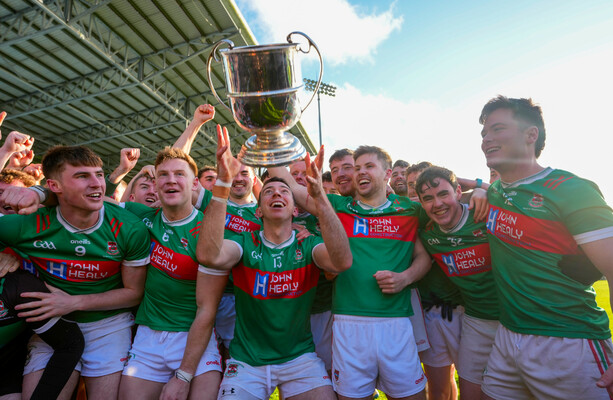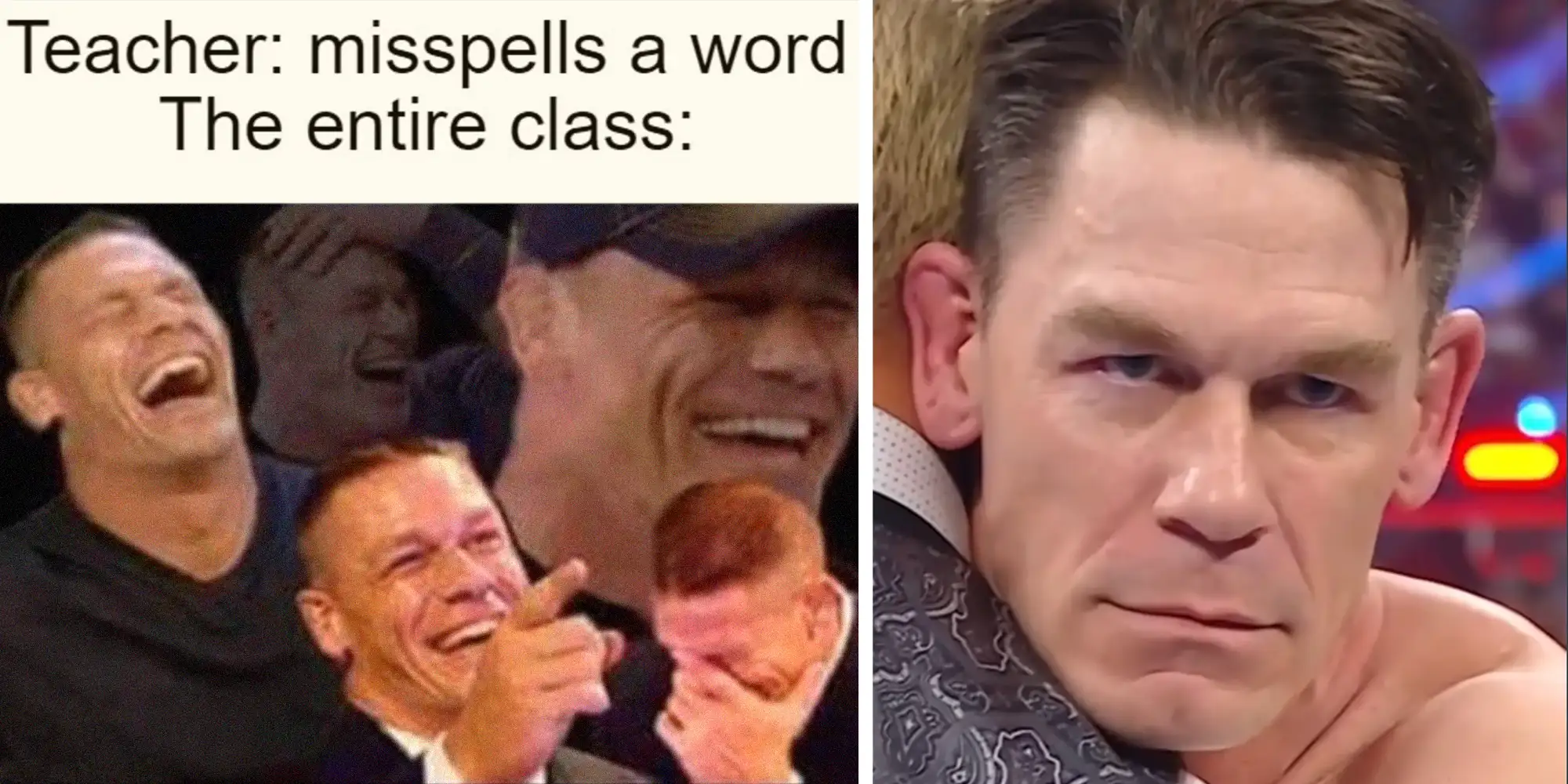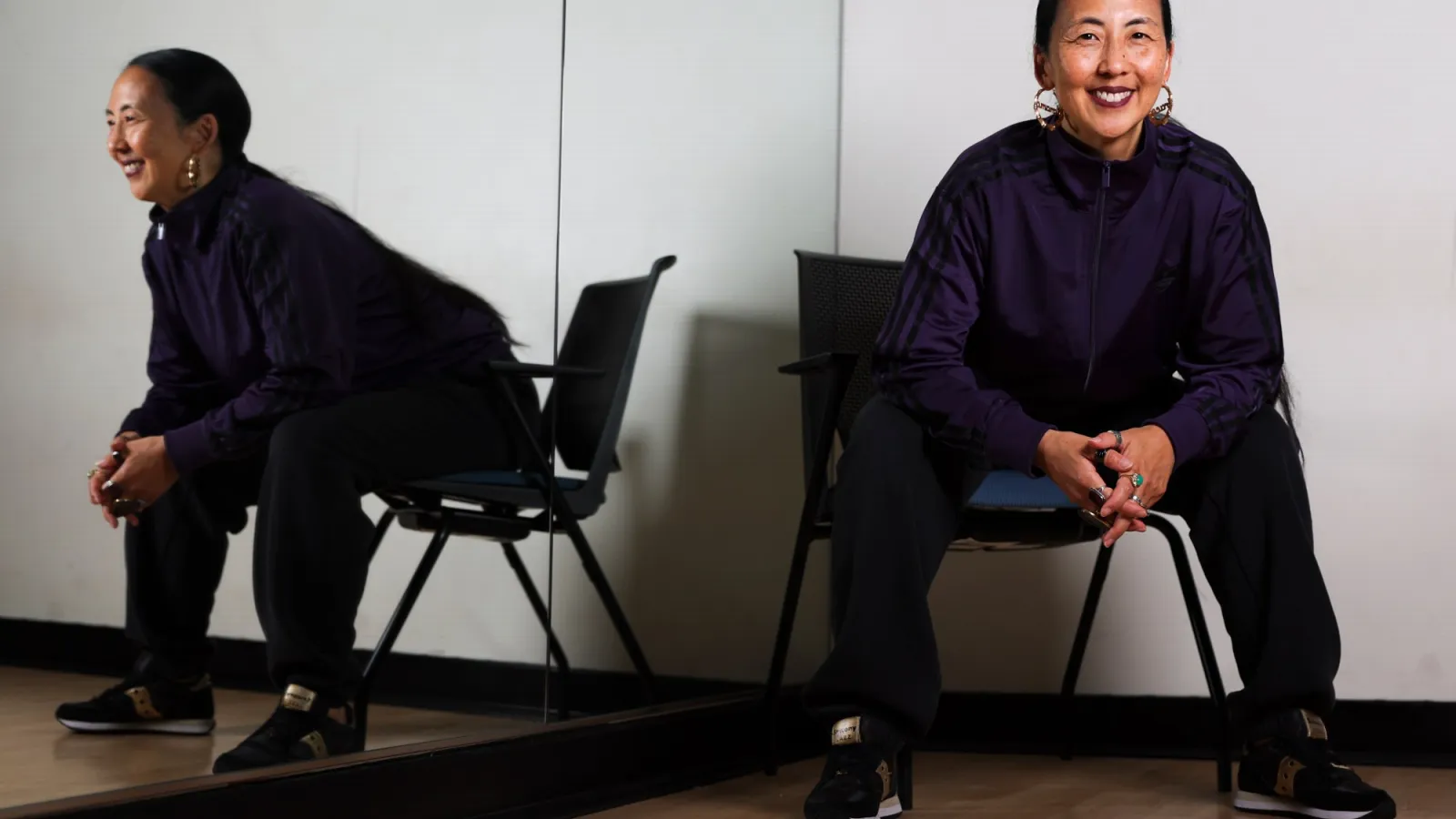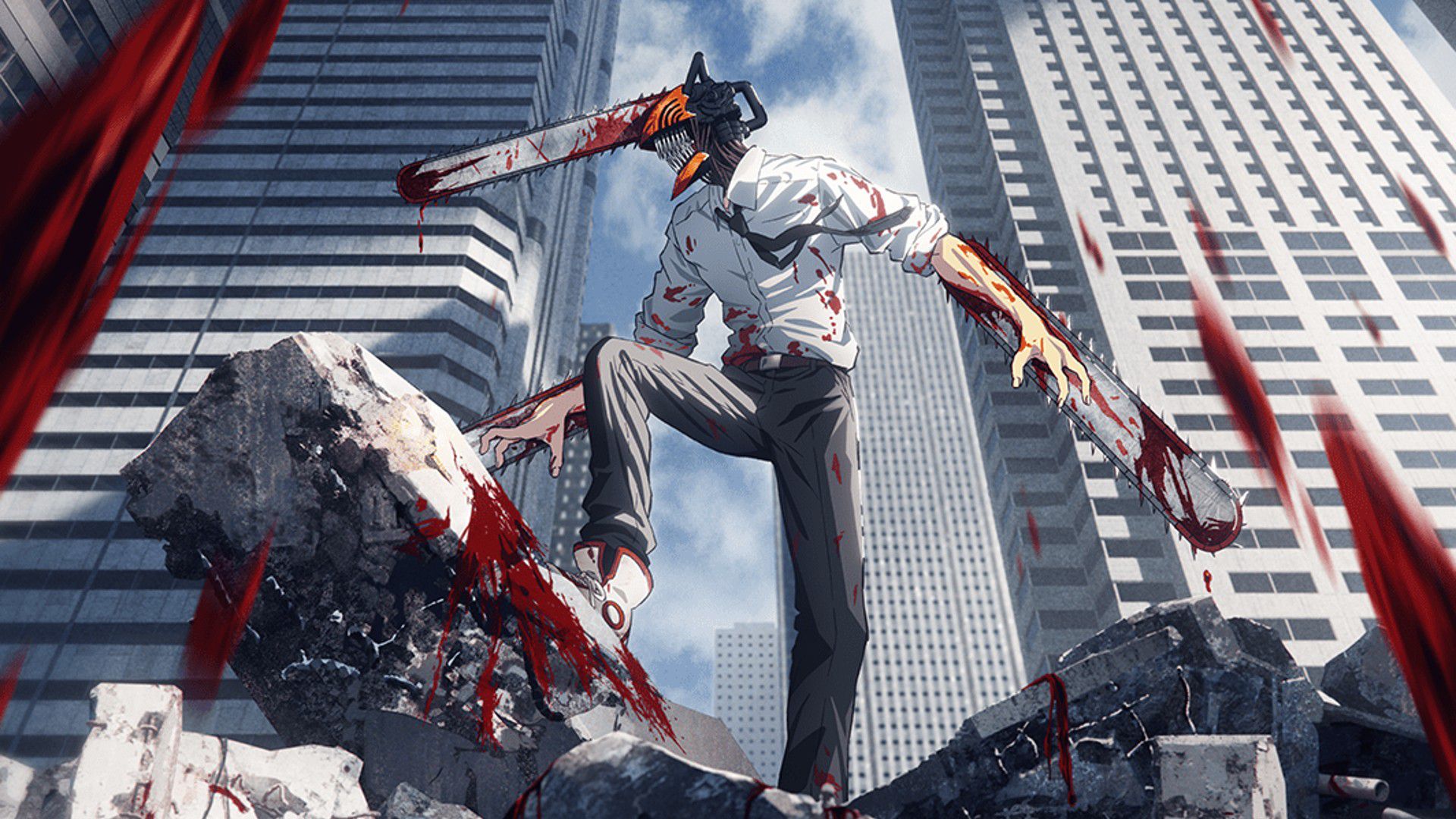Copyright Variety
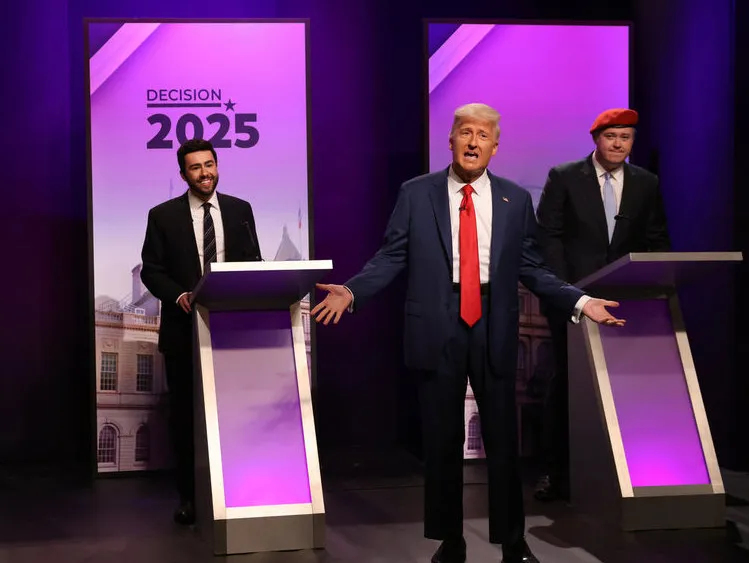
“SNL” is an unforgiving place, and some regular pruning is part of Michaels’ playbook. Nevertheless, this level of turnover stands out in the show’s recent history, and threatens to disrupt the carefully maintained equilibrium that guarantees consistency amid the infusion of new blood. It also invites speculation, especially as it’s become more common for staples like Bowen Yang or Kenan Thompson to hold on to the rare steady day job while Michaels lets them film blockbusters (“Wicked”) or create sitcoms (“Kenan”) on the side. Is NBC imposing budget cuts? Is there behind-the-scenes drama? It’s hard not to wonder. To offset this out-migration, Michaels has added four new faces in addition to Marshall: Veronika Slowikowska, Kam Patterson, Jeremy Culhane and Tommy Brennan. (Ashley Padilla and Jane Wickline, both of whom joined in Season 50, survived the pre-season purge to round out the featured cast.) The modern mechanics of comedy stardom, dependent as it is on online virality, make it difficult for Michaels to break true unknowns, previously his preferred MO. Slowikowska has hundreds of thousands of followers on TikTok; Culhane was already a regular presence on the cult favorite comedy network Dropout; both Patterson and Brennan are accomplished stand-ups. Which means it may be some time before their work on “SNL” comes to dominate their public personae — if it ever does. The first four episodes of Season 51 have found “SNL” in a holding pattern, as the new cast struggles to find its collective sea legs; the delicatelycalibrated balance of the ideal “SNL” ensemble is off. To borrow a sports metaphor, the franchise is very much in a rebuilding year. At least the show is self-aware. “SNL51 off to a rough start,” James Austin Johnson’s pop culture-obsessed Donald Trump crowed in the inaugural cold open, which saw “Weekend Update” co-anchor Colin Jost playing Secretary of Defense Pete Hegseth at his bizarre military all-hands. “Seventeen new cast members, and they got the ‘Update’ guy doing the open!” To be fair, the first face on-screen was Culhane’s, as a general cuing up Hegseth’s pump-up speech. But the line spoke to something true: A noticeable vacuum has been left by versatile, experienced utility players like Gardner and Nwodim that can’t yet be filled by either the new cast or a deep bench of reliable recurring concepts. The rest of the premiere, hosted by performing artist Bad Bunny, was a case in point. There were the usual attempts to invoke trending topics, in this case ChatGPT and the “KPop Demon Hunters” phenomenon, and Patterson got the customary initiation rite of an “Update” appearance as himself. Yang donned heavy prosthetics to play Dobby the House-Elf from “Harry Potter,” an apparent echo of his previous stints as the iceberg from “Titanic” and Moo Deng the pygmy hippo; a sketch about the invention of the Spanish language seemed to be a spin on the template established by Nate Bargatze in “Washington’s Dream.” Both allusions required some squinting to identify. Circling back to such good-but-not-that-good frameworks can feel like the “SNL” equivalent of trying to make “fetch” happen, wedging them into the canon by brute strength rather than organic enthusiasm. Amy Poehler’s return to Studio 8H in the next episode was a high point, as weeks fronted by beloved alumni often are. (Was Tina Fey’s Kristi Noem a slight rehash of her all-timer Sarah Palin impression? Perhaps. Was it worth it for the joke “Dogs don’t get shot — heroes shoot them”? Absolutely.) But nothing illustrated the diminishing returns of trying to force a perfectly fine idea into bankability like the cold open to Sabrina Carpenter’s hosting debut, which featured the fourth appearance of Marcello Hernandez’s seductive Domingo, a character who already felt out of place among proven legends at “SNL50.” (The first-ever Domingo sketch included a cover of Carpenter’s “Espresso,” so a return was inevitable, but the front-and-center placement was a stretch.) Teller’s episode was strong overall, though it felt indicative that none of the political figures in the cold open, a fictional New York mayoral debate, was played by a current cast member. There are certainly signs of promise among the newcomers. Padilla, in particular, seems poised to inherit Gardner’s position as a Swiss Army Knife who can both blend in and make herself the butt of the joke. In some cases, the inheritance is literal, like the “Shop TV” sketch where Padilla has stepped in opposite Mikey Day as QVC-esque hosts whose guests keep selling NSFW wares. But in her sophomore season, Padilla is also entrusted with characters like a school principal lusting after Bad Bunny, an imperious advertising director (“That’s on Midge!”) and half of a couple who just hooked up and stopped by the “Update” desk to talk about it. This latest rightsizing is not the most drastic in the series’ half-century on the air; that honor belongs to Season 6, when Michaels’ exit for what would become a five-year hiatus resulted in a complete turnover of the Not Ready for Prime Time Players. Michaels returned for the notoriously wonky Season 11, a botched experiment with established celebrities like Anthony Michael Hall and Robert Downey Jr., before striking gold with Dana Carvey, Phil Hartman and Jan Hooks in Season 12. The lesson is clear enough: You can never count “SNL” out, even when it seems to have lost the plot completely. At the moment, however, the show doesn’t feel like the thriving ecosystem it can be when the ratios of elder statesmen and fresh voices facilitate the star-minting, culture-capturing sparkle of the series at its best. The situation recalls the first Trump administration, when “SNL” relied so heavily on celebrity drop-ins — remember Emmy nominee Robert De Niro as Robert Mueller? — that it neglected its own pipeline. For months, “SNL50” so dominated the show’s agenda that the aftermath would perhaps inevitably be a comedown. The past 50 years have been mythologized into the ground. Will the next 50 earn their place in the canon?
